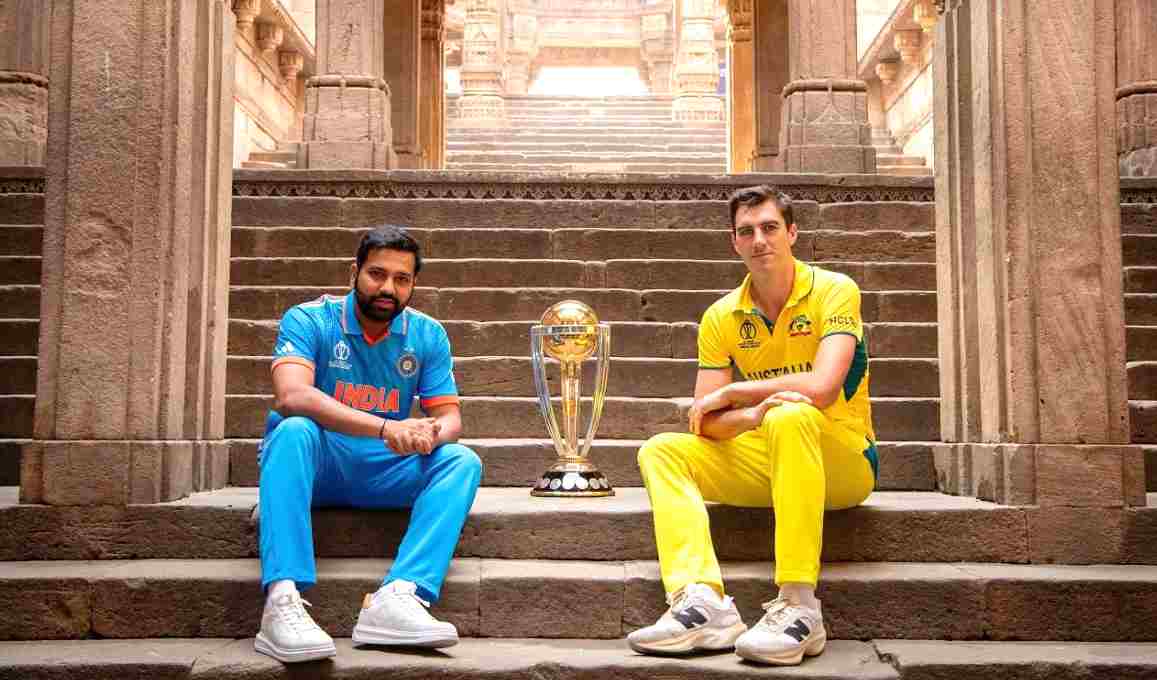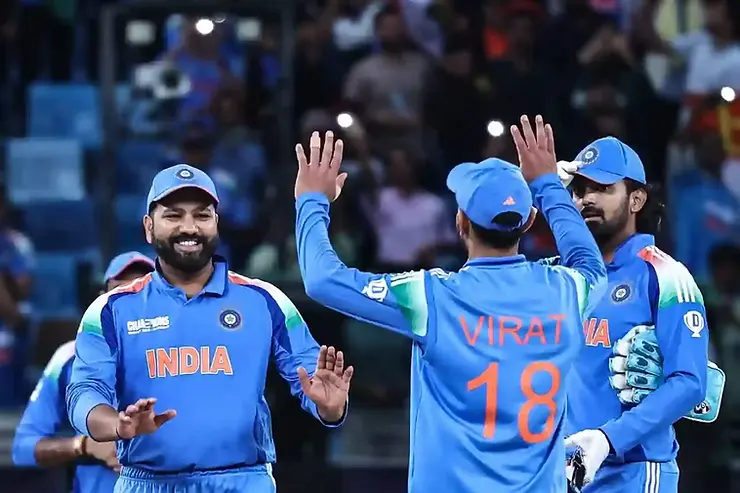The future of ODI cricket: Is it time to cut ODIs to 40 overs a side? Read the pros, cons, and impact on World Cups and global cricket.

It’s not Test cricket but ODIs which are in danger of losing out to the longer version of the game, and T20 cricket. The purist loves Test cricket, and the recent engrossing, high intensity, and thrilling 2-2 Test series draw between England and India show that the five-day format is here to stay.
At the same time, T20 cricket is thriving not only internationally and domestically, but also in local cricket circles. However, ODIs are fast losing its sheen as it is now considered “boring”, “dragging”, and provides uneven balance between bat and ball.
So, how should interest in ODIs be revived amid tough competitions from Test and T20 cricket?
First, are ODIs really losing its fanbase? Not really, if the 2023 ODI World Cup is considered the base of ODIs’ success. Compared to the 2019 edition, the 2023 World Cup has outperformed in terms of viewership, spectators and viewing minutes.
| WC Edition | Spectators | Overall audience | Viewing minutes |
| 2023 WC | 1,250,307 | 9.1 Mn | 422 Bn |
| 2019 WC | 752,000 | 6.1 Mn | 387 Bn |
Thanks to India’s brilliant performance till the final of the 2023 ODI World Cup, the edition beats the 2019 tournament by a far margin. The 2023 edition saw 66 % more spectators to see the action live in the stadium compared to the 2019 tournament.
The fact that hosts India were playing well in the tournament drew many spectators to see their ‘Gods’ live in the stadium. Also, the 2023 edition saw 50% more audience overall, and 9% more viewing minutes compared to the previous tournament.
Read More: CWC 2023, Final, IND vs AUS: Head’s match-winning ton proves decisive; Australia get 6th title win
ODIs have been on decline since
But hold on. The 2025 Champions Trophy held in Pakistan and Dubai saw more empty stands even in matches involving Team India. However, the tournament was able to live up to the expectations as favourites India went on to win the trophy.
However, most cricketing nations are now averse to playing ODIs for obvious reasons, and instead go for more T20Is as it offers better financial and logistical solutions.
Former India skipper Sachin Tendulkar has gone on to call ODIs “boring” as it becomes too predictable from overs 11-40. “It’s getting monotonous, without a doubt,” he said. He blames the rule of two new balls in an innings for making ODIs predictable.
“When you have two new balls, you have kind of eliminated reverse swing. Even though we are in the 40th over of the game, it’s just the 20th over of that ball. And the ball only starts reversing around the 30th over. That element is missing today because of two new balls,” Tendulkar said.
Commentator Ravi Shastri also spoke about the danger of ODIs’ future, stating, “patience is diminishing in ODIs in comparison to T20 cricket. You have to bat quietly for 15 overs in a fifty-over game and concentrate on singles and doubles without thinking about too many boundaries…but we don’t see that happening these days as batters are going for shots in every phase of the match.”
Read More: CT 2025, Final, IND vs NZ: India prevail in close game, win seventh ICC title

Legends agree on tweaking 50-overs format
However, the two legends agreed on making a change in the 50-over format. While Shastri opined to make ODIs a 40-over-a-side affair, Tendulkar suggested breaking it into four innings, with batting and bowling alternating after every 25 overs. He said that this way it will offer opponents level-playing ground and take toss, dew factor and other conditions out of the equation.
Besides, there is also a talk about having only one ball to play in an innings instead of two to increase the chances of reverse swing, and get more equanimity between bat and ball. At the moment, the two-ball rule, the field restrictions, the long duration are all making ODIs struggle to get the eyeballs.
The way ahead
The longest and shortest formats are alive and kicking and the ODIs are the ones that need a facelift to keep this format engaging and exciting.
Not so long ago, England had worked out on an aggressive batting strategy to boost their run-rate in ODIs. England responded to the challenge, by raking tall scores of 300, 350+ habitually.
India, under Rohit Sharma as captain, too had planned a similar batting strategy to reach the final of the 2023 ODI World Cup. Although they lost that final, their strategy worked in the 2025 Champions Trophy, which they eventually lifted.
It’s now up to the ICC to revise the playing conditions of the 50-overs format or risk seeing ODIs walking into the sunset as Test and T20 cricket gain prominence.
Read More: Report suggests Rohit Sharma & Virat Kohli’s future in ODIs under cloud as well

